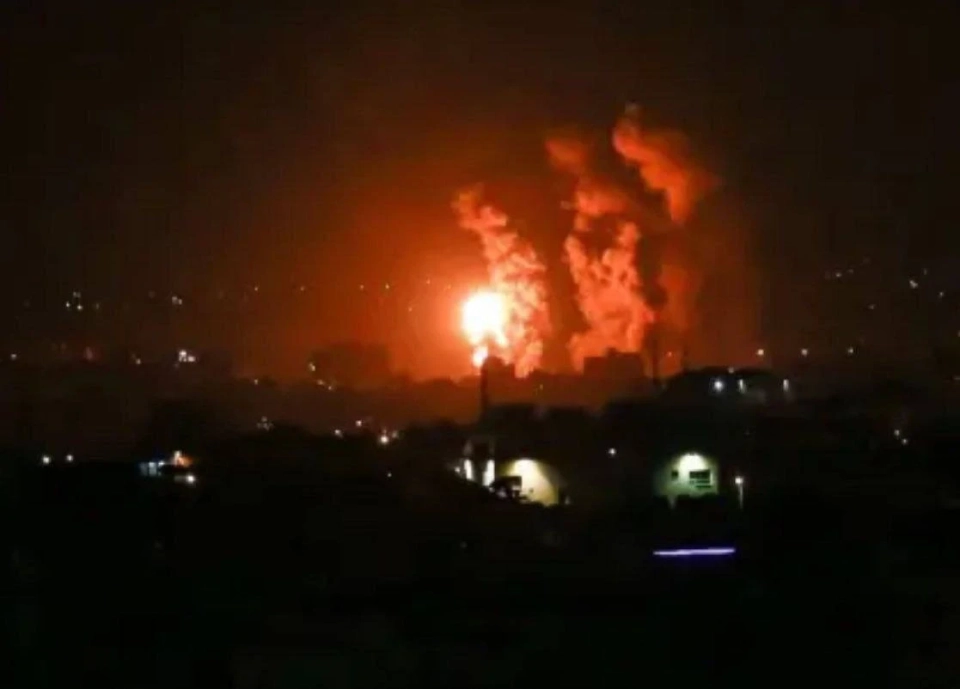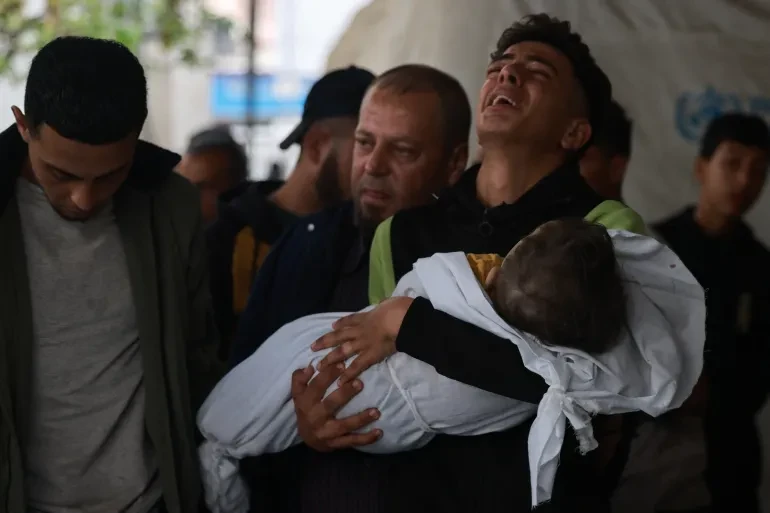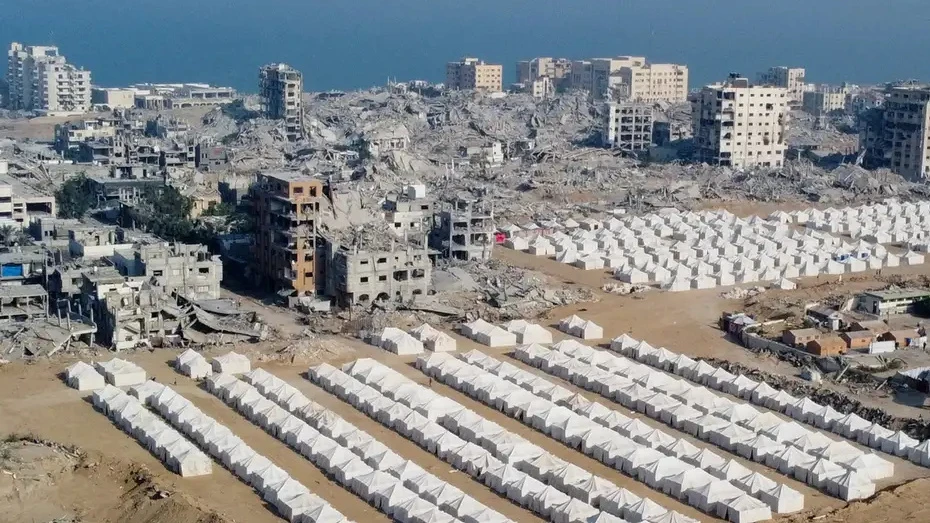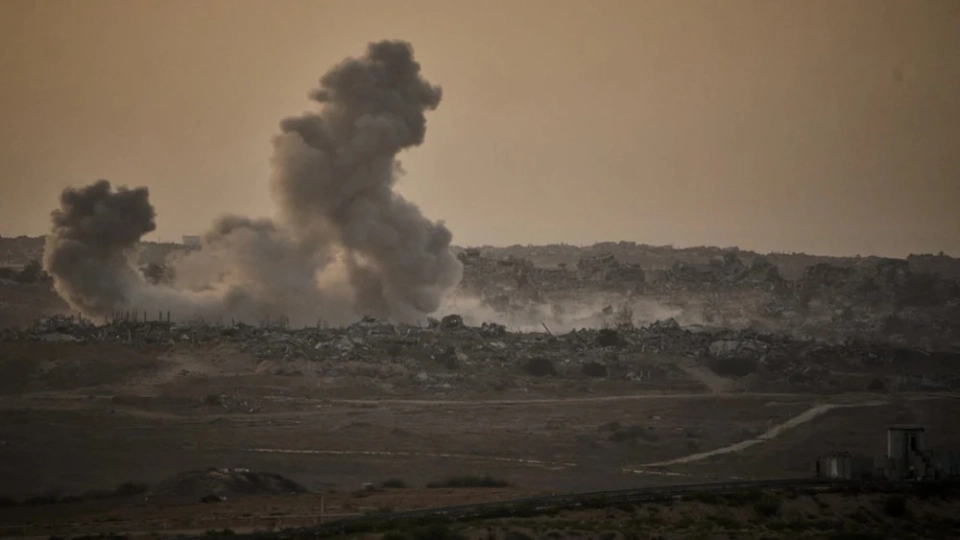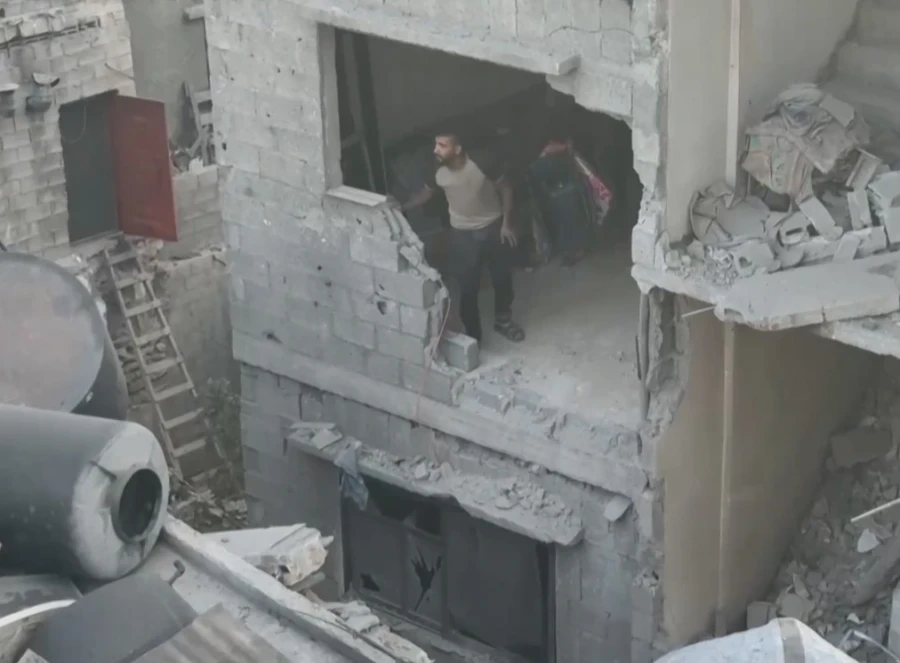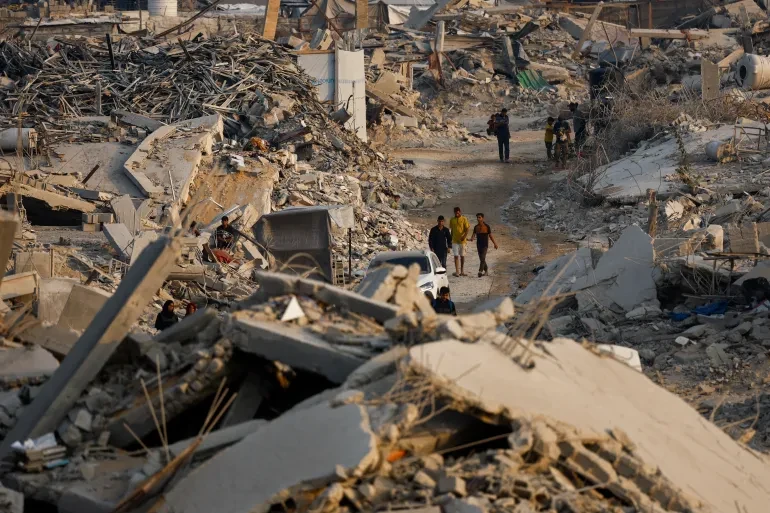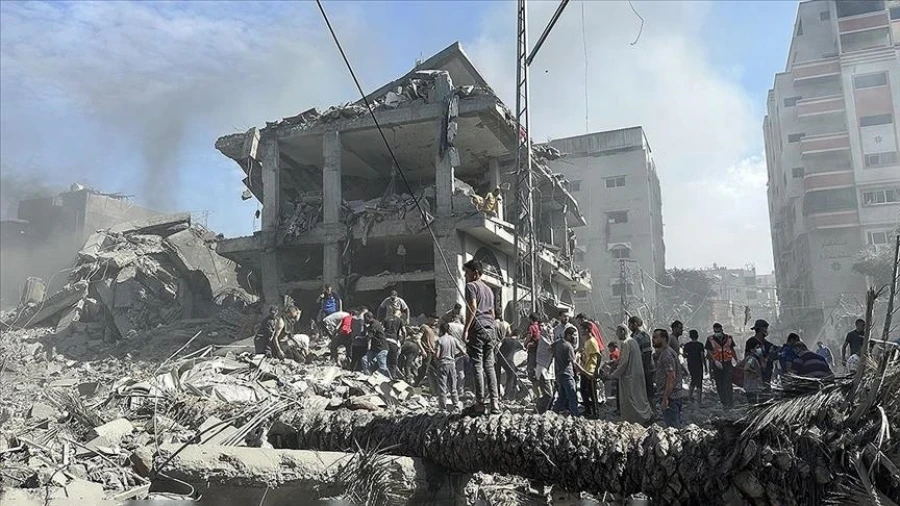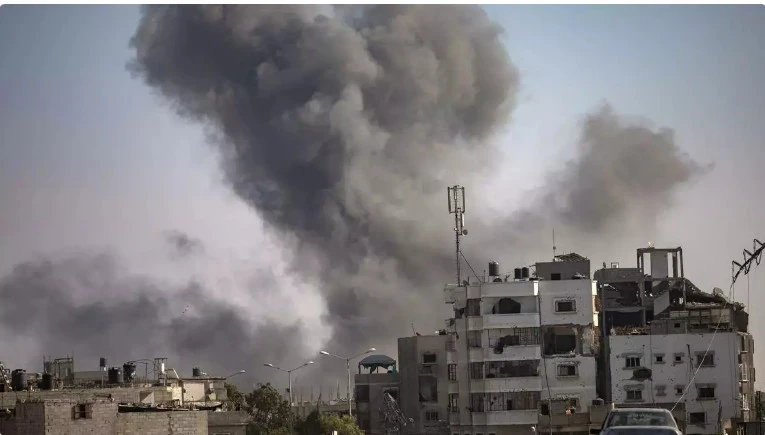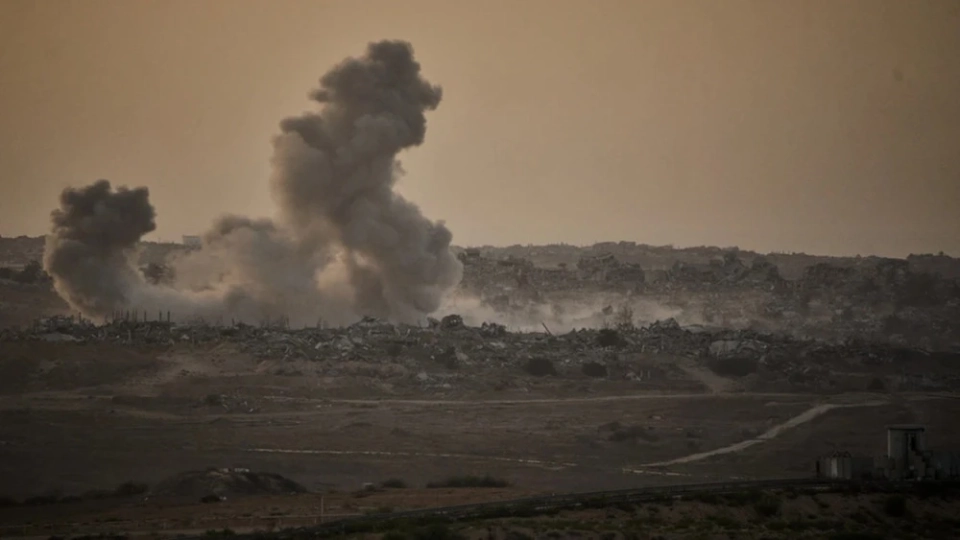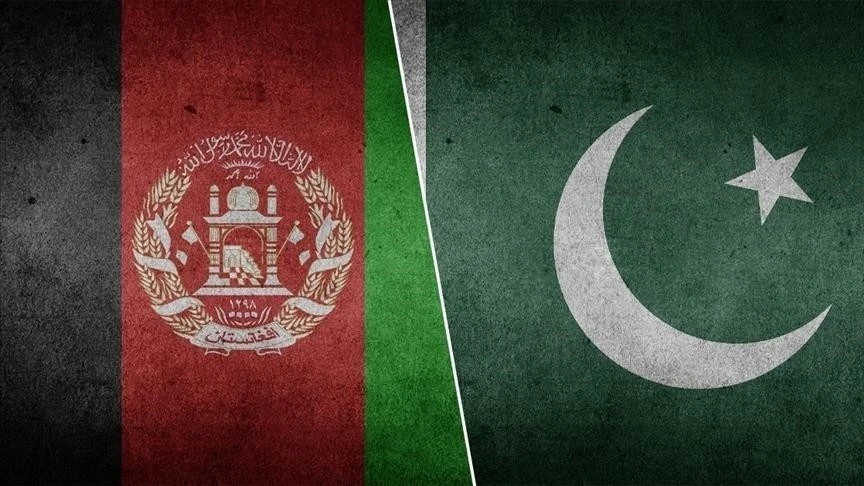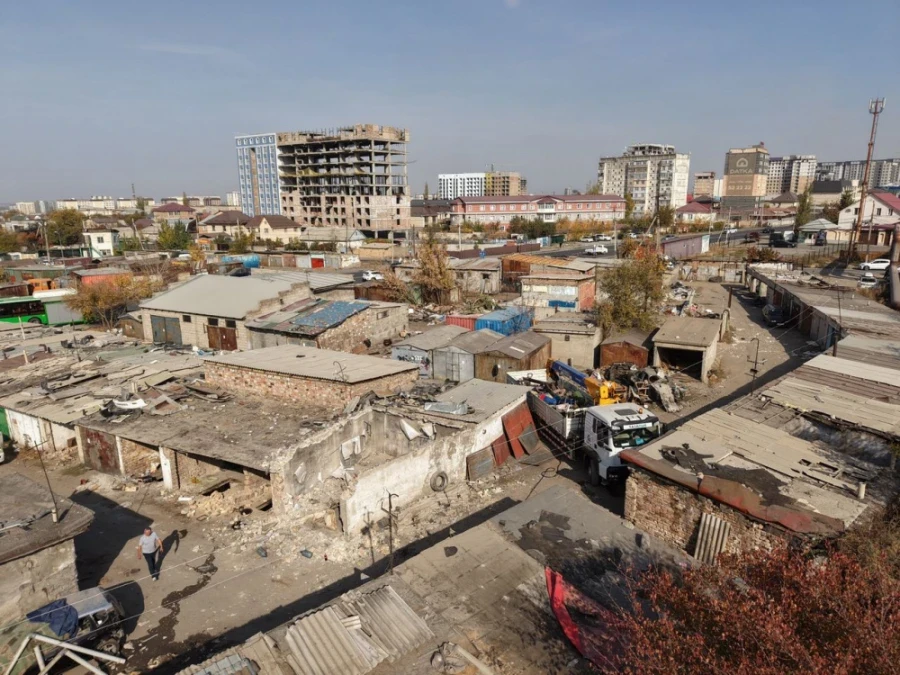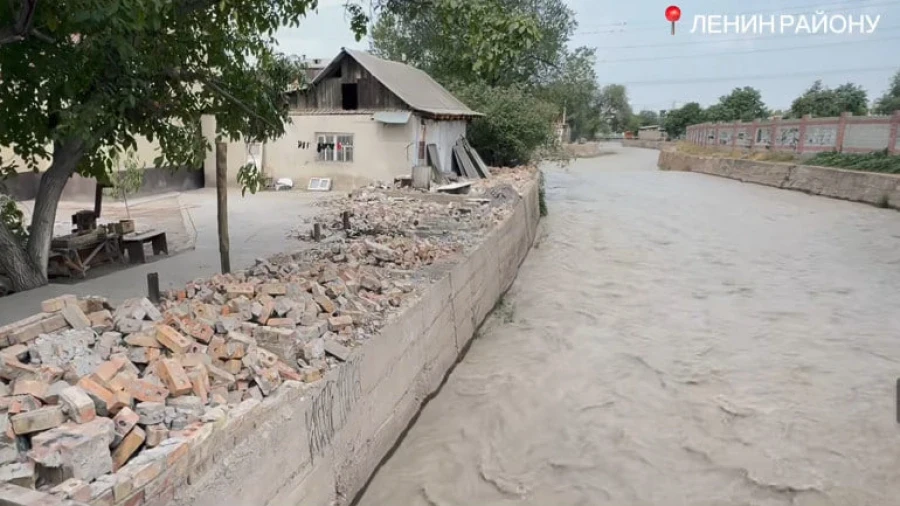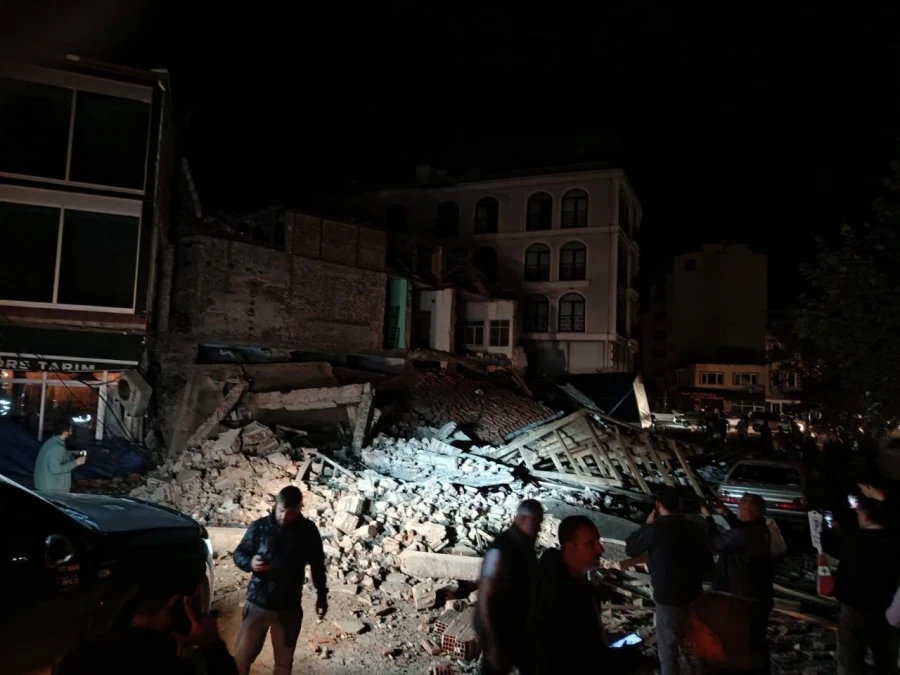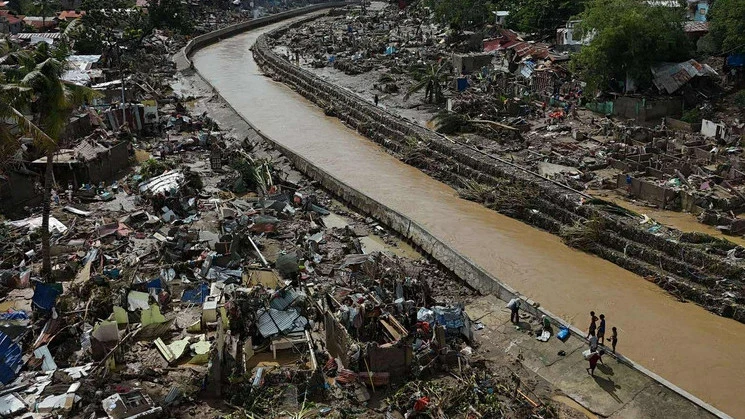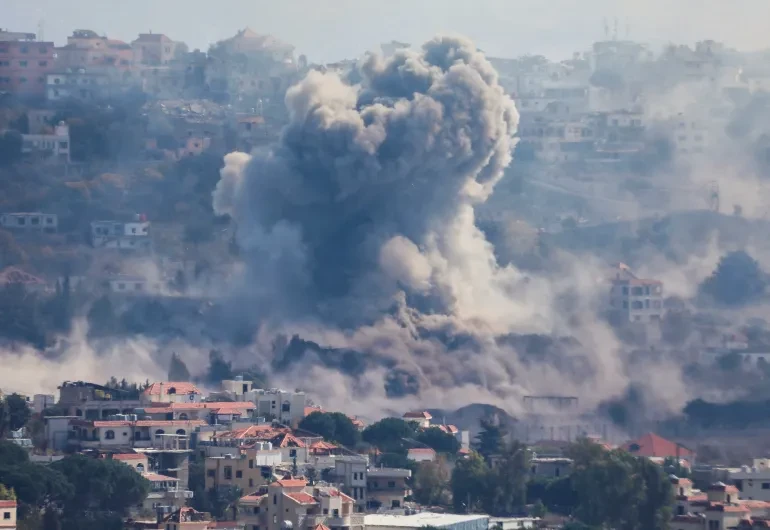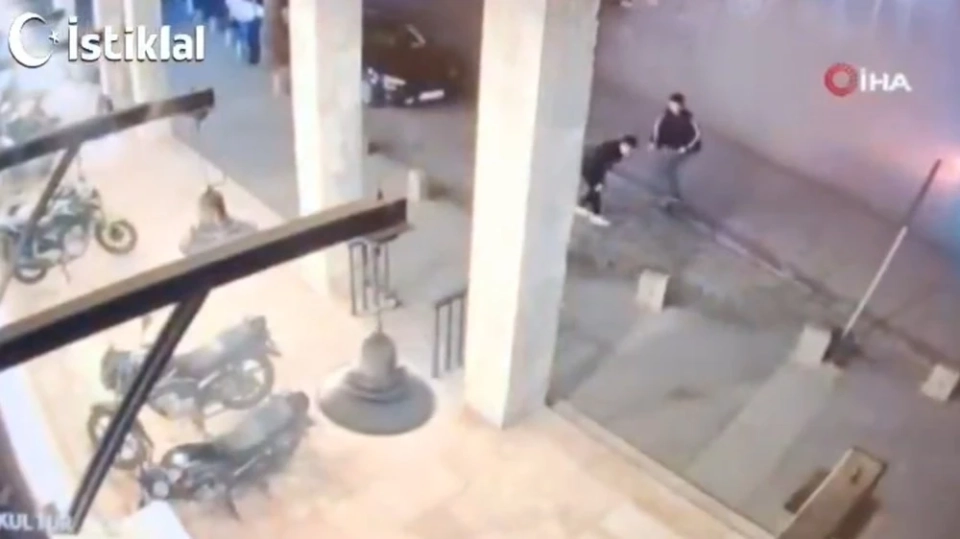
Satellite images show that the destroyed buildings in the eastern part of Khan Younis had no visible damage before their demolition. This raises questions about the legality of the actions of the Israeli forces, as many experts believe that the demolition of buildings may contradict the terms of the ceasefire brokered by the United States, Egypt, Qatar, and Turkey. However, IDF representatives claim that their actions are in line with the agreements.
According to the 20-point peace plan of U.S. President Donald Trump, which served as the basis for the ceasefire announcement, all military operations, including airstrikes and artillery shelling, were to be suspended. He insisted that the war was over.
A BBC Verify analysis of satellite images using change detection algorithms showed that the Israeli army continues to actively demolish buildings in Gaza. We analyzed radar images to identify changes indicating destruction and manually counted the number of destroyed structures.
Our verification covered areas located "beyond the yellow line," which marks the boundaries agreed upon in October as part of the ceasefire. Israel agreed to withdraw its forces to this line, established on maps of the Israel Defense Forces.
Destruction in Gaza
Many buildings slated for demolition were intact, such as those in the eastern part of Abasan al-Kabira. Satellite images show that before their destruction, they had no visible damage, such as debris or changes in shape.
Lana Khalil, a former resident of Abasan al-Kabira, described her home as a "paradise" filled with farms and gardens, but after the destruction, the area has turned into ruins. She shared that residents heard their homes being demolished while they were in tents in El-Mawasi. "Our hearts are broken," she said.
In another area near El-Bayouka, satellite images also show destroyed buildings that appeared intact before the ceasefire. Images taken in early November show clouds of dust rising over the ruins.
Destruction continues in Gaza City, in the eastern Shuja'iyya neighborhood, as well as near the Indonesian hospital on the outskirts of the Jabalia camp.
Eitan Shamir, former head of the Israeli National Security Doctrine Department, expressed the opinion that the IDF's actions do not violate the ceasefire terms, as they do not cover areas beyond the yellow line.
Videos have been posted on social media showing controlled demolitions of buildings by excavators, which have also been geolocated in areas beyond the yellow line.
Violation of Ceasefire Terms
An IDF spokesperson defended the army's actions, claiming they are in accordance with the agreement, which states the need to destroy terrorist infrastructure, including tunnels. Israeli Defense Minister Israel Katz also emphasized the importance of demilitarizing Gaza as part of the country's security.
However, point 13 of Trump's peace plan states that all military and terrorist infrastructure must be destroyed under the supervision of independent observers, which calls into question the legality of Israel's current actions.
Dr. H.A. Hellier, a senior research fellow at the Royal United Services Institute, stated that the current destruction could be classified as a violation of the ceasefire regime, despite Washington's disregard for this fact.
Shamir, in turn, refuted the accusations and pointed out the opinion that Hamas may act on its territory, while Israel has the right to do the same on its own.
Some experts, including law professor Adil Haq, emphasize that Israel's actions may violate the laws of war, which prohibit the destruction of civilian property by an occupying power unless it is linked to immediate military actions.
Hugh Lovatt, a senior fellow at the European Council on Foreign Relations, warned that such actions could threaten the peace process, emphasizing that Israel may seek to create new facts on the ground, which increases the risk to the ceasefire regime.

